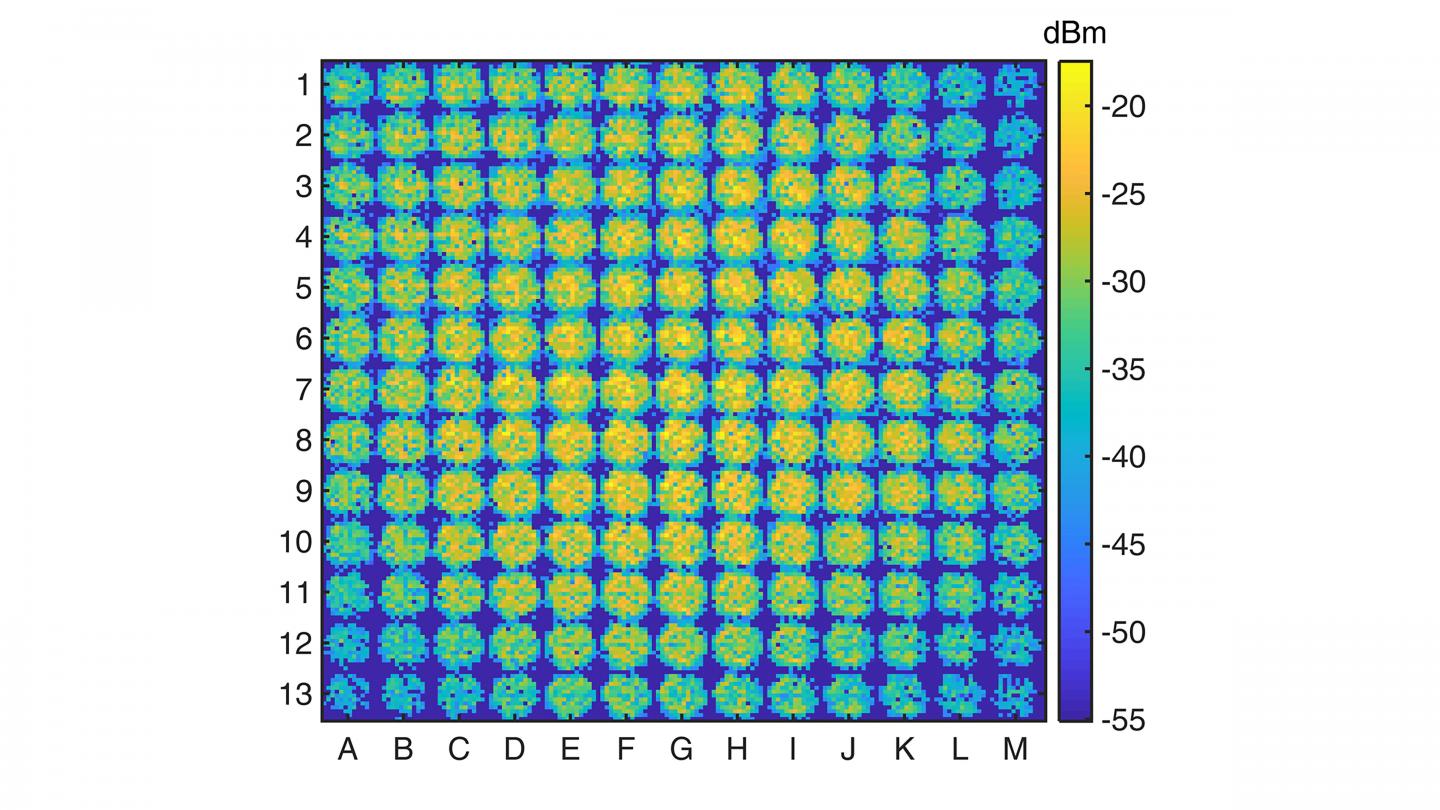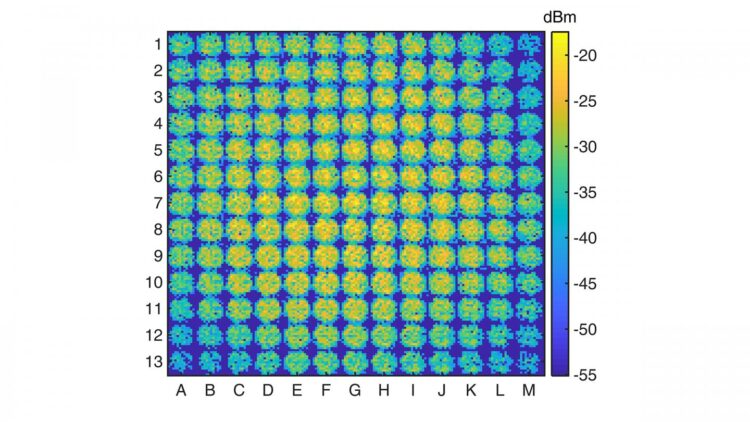A team, including the man who invented DSL technology, attempted to scale up the original idea to use terahertz frequencies and discovered terabits-per-second data links are possible

Credit: Image courtesy of the authors
WASHINGTON, March 31, 2020 — Using the same technology that allows high-frequency signals to travel on regular phone lines, researchers tested sending extremely high-frequency, 200 GHz signals through a pair of copper wires. The result is a link that can move data at rates of terabits per second, significantly faster than currently available channels.
While the technology to disentangle multiple, parallel signals moving through a channel already exists, thanks to signal processing methods developed by John Cioffi, the inventor of digital subscriber lines, or DSL, questions remained related to the effectiveness of implementing these ideas at higher frequencies.
To test the transmission of data at higher frequencies, authors of a paper published this week in Applied Physics Letters, from AIP Publishing, used experimental measurements and mathematical modeling to characterize the input and output signals in a waveguide.
They used a device with two wires running parallel inside a sheath with a large diameter that facilitates increased mixing of the waveguide modes. These mixtures enable the transmission of parallel noninterfering data channels. Higher frequencies allow larger bandwidth and more data to travel through a channel, if the architecture of the channel is such that the data is not garbled by interference.
“To confirm and characterize this behavior, we measured the spatial distribution of energy at the output of the waveguide by mapping the waveguide’s output port, showing where the energy is located,” author Daniel Mittleman said.
The researchers created a 13- by 13-millimeter grid for the output of each possible input condition, resulting in a 169 x 169 channel matrix that provides a complete characterization of the waveguide channel. The results demonstrate a superposition of waveguide modes in the channel and allow estimation of data rates.
“It is exciting to show that a waveguide can support a data rate of 10 terabits per second, even if only over a short range. That’s well beyond what anybody has previously envisioned,” Mittleman said. “Our work demonstrates the feasibility of this approach to high-rate data transmission, which can be further exploited when the sources and detectors reach the appropriate level of maturity.”
The researchers intend to further investigate ohmic losses, a function of the resistance of each of the cell components and caused by the metal hardware of the waveguide, which dictate the limit on the length of the channel. Their work could be used in applications that require large amounts of data to move quickly over short distances, such as between racks in a data center or for chip-to-chip communication.
###
The article, “A wire waveguide channel for terabit-per-second links,” is authored by Rabi Shrestha, Kenneth Kerpez, Chan Soo Hwang, Mehdi Mohseni, John Cioffi and Daniel M. Mittleman. The article will appear in Applied Physics Letters on March 31, 2020 (DOI: 10.1063/1.5143699). After that date, it can be accessed at https:/
ABOUT THE JOURNAL
Applied Physics Letters features rapid reports on significant discoveries in applied physics. The journal covers new experimental and theoretical research on applications of physics phenomena related to all branches of science, engineering, and modern technology. See https:/
Media Contact
Larry Frum
[email protected]
Related Journal Article
http://dx.





